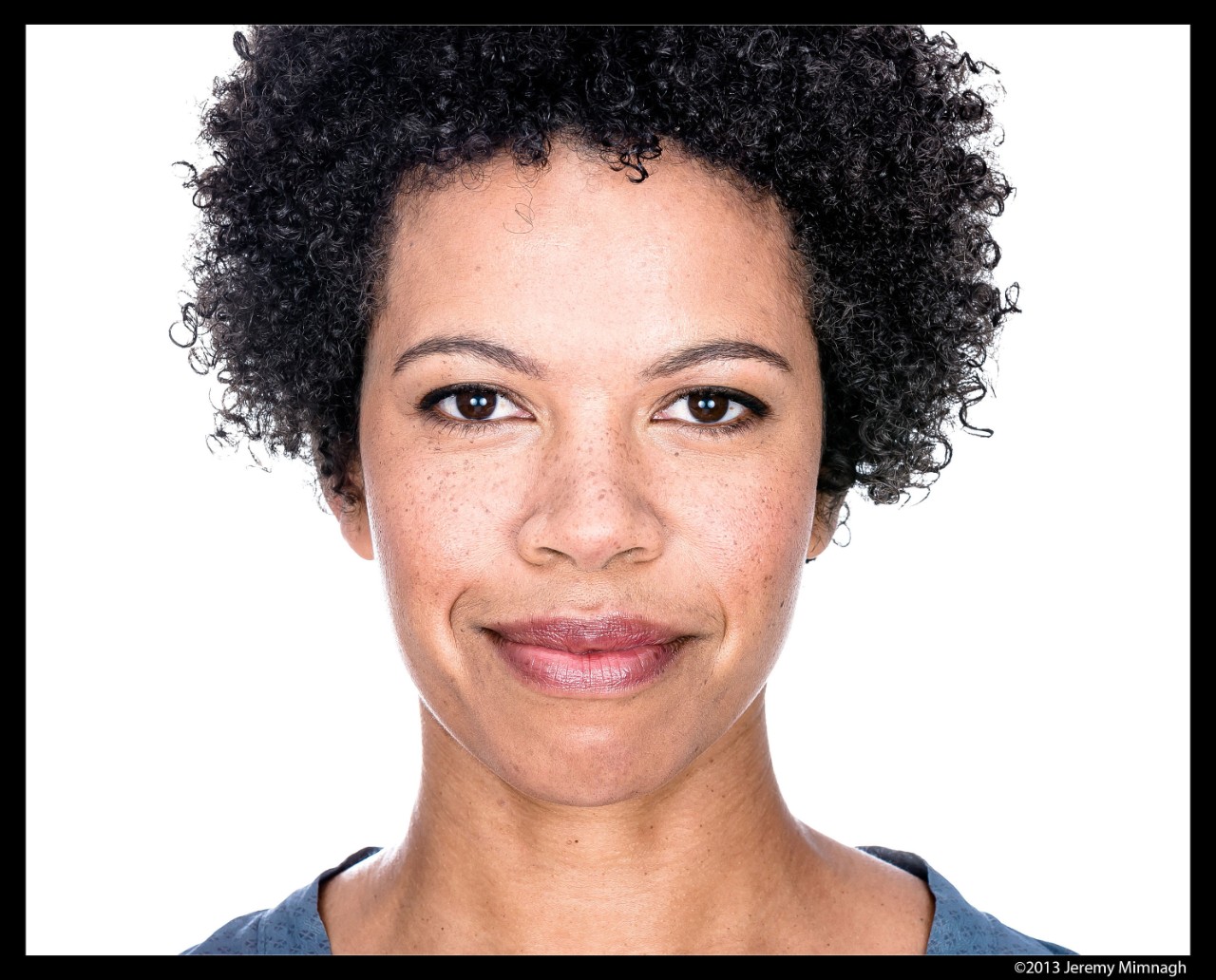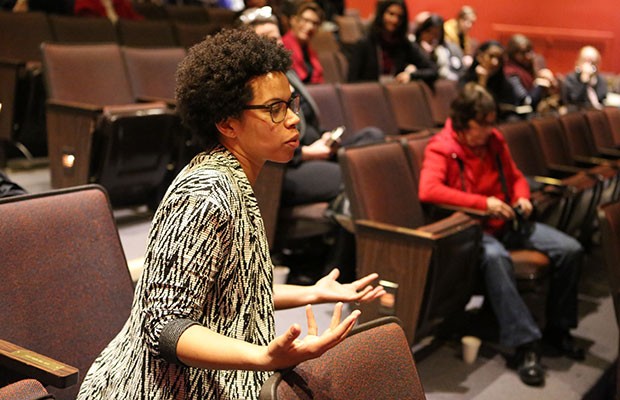How does Configurations and its focus on performance curation speak to your research interests and work?
Configurations came about to ask questions around how to curate performance for communities of colour. In December, I defended my doctoral dissertation after six years of research and writing about where Black people were dancing in Toronto specifically (and Canada more generally) at mid-twentieth-century. The connection between the projects is that they are both about where people of colour were/are welcome, what they were/are ‘permitted’ to do when they occupy space, the vast variety of things that people/performers might want to do in any given space, and who is there alongside systemically excluded groups of people either as partners, participants, observers or facilitators. Prior to becoming a mother nearly ten years ago and starting my PhD seven years ago, my life was devoted to contemporary dance – western theatrical modern and postmodern – performance and creation. As an African-Canadian woman of mixed-heritage (Ghanaian, Scottish-German New Zealander) I became increasingly aware of how little historical knowledge there was available to me about where black people were dancing in Canada prior to the 1960s and 70s when changes to immigration and multicultural policy created (some) increased visibility for black artists. Now I have a wealth of knowledge that I want to share through my scholarship in written form, yes, but I am also contending with how this new knowledge lives in me as an artist, as a facilitator of artistic dialogue and engagement, and as an educator. How can it bring about transformation in terms of allowing other artists to see themselves on a continuum that is older than forty or fifty years? It has transformed me but how will that manifest? I don’t know yet.
The brilliance of Configurations is that is provides time and space for dialogue about how artists, curators and scholars want to move forward with the valuable knowledge they have already – experience based knowledge, critical and theoretical knowledge and artistic knowledge. Dr. DeFrantz has been a tremendous influence and inspiration for me – he is a leader in African-American dance studies and black performance in the Diaspora. I can’t wait to talk about Canadian specificities with him, the artists he has invited and my Canadian colleagues.
When you thought about speakers to invite - was there an overarching balance you were trying to keep in mind?
I will start with with saying that Indigenous representation from inside and outside of Quebec was mandatory for us. It was also had to remind ourselves to focus on people working in curation specifically, but with a broad definition of what curation is. That said, I am not sure if I was thinking about balance so much as tipping the scales enough so that new people would bump into one another. There are a lot of people doing incredible work who were not invited to this gathering. Too many to list here I am happy to say – that is a positive dillema. What I do see time and again from my perspective is that there are so many people who should know one another who do not know one another. Canada is a large country and travel has always been a challenge, but our artistic and scholarly circles are small and sometimes we are working right next door to someone we ought to know. I wanted to bring together people from within Canada who do not know one another. I have never met half of the people that we invited. That is thrilling to me. Jane, MJ and I have also worked very hard to have as broad a range of perspectives represented as possible and to consider not only heritage, culture and language but generation as well. Who are the new voices that need to be heard? Let’s pass them the mic. In November there will be another event, The Post D with MJ Thompson and Angelike Wilke, which is about the future of dance studies in Montreal, and this idea of new connections and new voices will again be a central focus of how and why we come together.


 Seika Boye, Lecturer at the Institute for Drama, Theatre and Performance Studies and Director of Institute for Dance Studies at the University of the Toronto.
Seika Boye, Lecturer at the Institute for Drama, Theatre and Performance Studies and Director of Institute for Dance Studies at the University of the Toronto.
